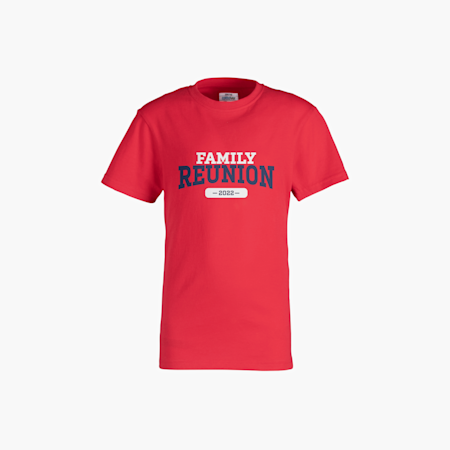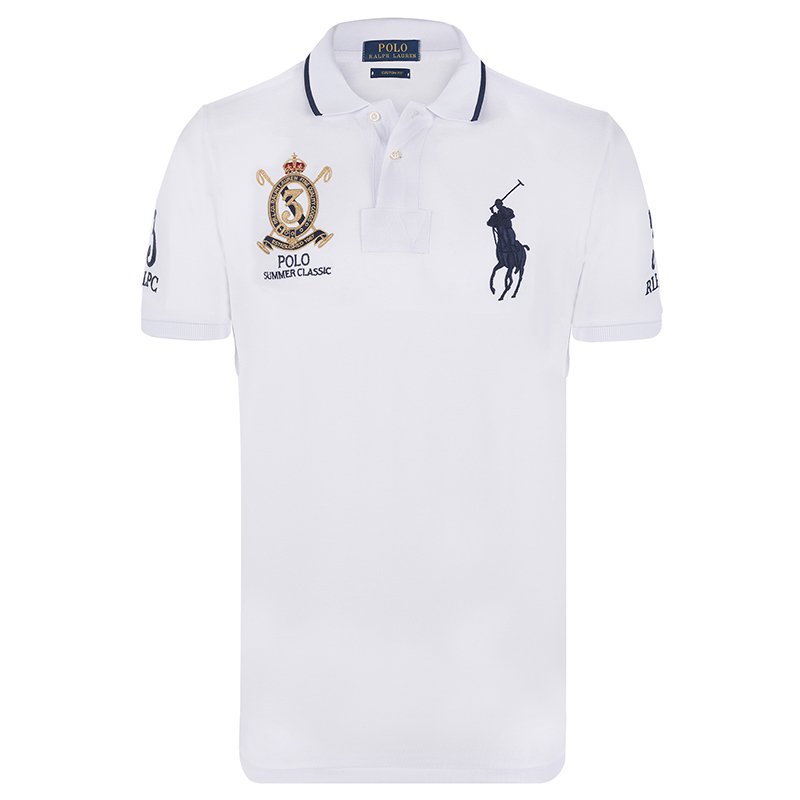Free Shipping All Over The World
Get Started !Phone
833-winfieldcustoms
Our Hours
Mon-Fri: 8AM-5PM Eastern
MENU
What is puffer Jackets its types and filling NO.1 puffer jackets in US
04-Jan-2023- 4 min read
The puffer jackets are a kind of coat that is insulated by synthetic or natural fabrics to keep wearers warm. The term "puffer jacket" comes from the fact that jackets are typically filled with down feathers. Because of this, they appear puffier compared to other coats. The jackets that puff are generally composed of an outer shell that is water-resistant or waterproof, to stop the filling from becoming wet.
What makes puffer jackets useful?
Puffer jackets are advantageous because they're extremely effective in keeping their wearer's warmth. This is because they are made up of synthetic or natural substances. They act as insulation. For instance, down fins can trap heat extremely effectively.
Are Puffer Jackets Warm?
All puffer jackets are warm, however, the amount of warmth that a jacket will provide is considerably based on the insulation utilized and the style and fill strength, weight, and the type of technology utilized
I'm not sure how puffer jackets are often substituted with down jackets since in my experience and research puffer are constructed with synthetic insulation. Also, it is true that not all down puffer jackets and synthetic ones offer the same level of warmth.
Quilted design
Puffer jackets can also be referred to as quilted jackets due to some reasons. I'm declaring this because I've heard some claim that it's only an ornamental feature that makes the garment look more appealing or attractive. This is certainly true. However, let's look at what's hidden within the design and why it's among the most crucial facts regarding warm puffer jackets. The first thing to note is that all puffer jackets are quilted but puffer jackets can also be quilted on the outside, inside, or both.
Four types of quilt designs are popular with customers today - diamond triangular, vertical, and horizontal. There is a good chance that all puffer jackets are quilted horizontally, and lighter jackets are diamond or triangle quilted.
In simpler terms, the word quilt means an arrangement that stores insulation in the seams that will allow synthetic or down fibers to better trap air and give warmth to the specific area. In the areas where the polymer clusters and down are filled.
The quilted design can also stop your insulation from shifting and results in better insulation. The quilted pattern plays a key role in the overall level of warmth that puffer jackets will provide.
Which are the kinds of puffer jacket filling?
The most commonly used form of stuffing for puffer jackets is feathers made of down. Feathers made of down are a kind of insulation that originates from geese or ducks. They are light and soft and absorb warmth to keep wearers warm.
Down feathers are regarded as the most effective kind to provide insulation in puffer jackets. They are, however, the costliest. This is why certain manufacturers make use of synthetic substances to make cheap alternatives. Synthetic chemicals, in conjunction with nylon or polyester, could be used to make puffer jackets.
These materials aren't as effective at capturing the heat as down fins. But they're very affordable.
Filling with down feathers for puffer jackets
A very sought-after kind of fillings used in puffer jackets is feathers made of down. They are extremely light and give lots of warmth. They are perfect for use in colder conditions. The fins on the bottom are extremely compact. They can be squeezed into a compact space.
However, there are disadvantages to using feathers made of down for filling puffer jackets. One of the major disadvantages is that the bottom fins aren't water-resistant. In other words, if they become wet, they could reduce their insulation. Further down fins can be more expensive than synthetic materials.
Down filling benefits and disadvantages of puffer jackets comprise:
Pros
- Light
Good warm
Compressible
cons
- Not water-resistant
More costly
Polyester fillings used in puffer jackets
Polyester can be described as a synthetic material commonly used to fill in the gaps in puffer jackets. Polyester is less expensive than feathers made from down and has some advantages in terms of warmth and weight. However, it isn't so effective in capturing heat. It is as effective down fins; it's not as imposing either.
The advantages, as well as disadvantages of polyester fillings for puffer jackets, are:
Pros
- More affordable than down fins
Lightweight
Cons
- Not as hot as the bottom wings.
Not particularly elastic
Wool fillings for puffer jackets
Wool is another kind of herbaceous fabric that could be used as a filler for puffer jackets. Wool is great insulation and has some benefits in the area of pressure and heat. However, wool isn't as light as feathers from down and isn't as resistant.
The benefits and disadvantages of puffer jackets filled with wool jackets are:
Pros
- Good warm
Compressible
Cons
- The wings are heavier than the lower ones.
Not water-resistant
The cotton filling used in puffer jackets
It is a natural fabric that can be used as an insulator in puffer jackets. It is a great insulation material and has some benefits regarding heat and pressure. However, it isn't as light as feathers made of down and isn't as water resistant.
The advantages and disadvantages of filling with cotton for puffer jackets are as follows:
Pros
- Good temperature
Compressible
Cons
- The wings are heavier than the lower ones.
Not water-resistant
When selecting a filling material for a puffer jacket, it is essential to think about the advantages and disadvantages of every kind of material. Down fins are the ideal choice for weight and heat, but they're also the most cost-effective. Synthetic materials like nylon or polyester are cheap alternatives, but they're not as warm or gentle as feathers from down.
Wool and cotton are both natural materials that have some benefits regarding warmth and compressibility. However, they're not as waterproof or soft as feathers from down.
How to Store Your Puffer Jacket When You're Not Using It
Puffer jackets can be stored in a dry, cool location. If you have a clothing bag. This means you can store your puffer jacket in it. Or you could hang the jacket in your closet.
Are there any concerns when filling puffer jackets that have different kinds of filling?
If you own a puffer jacket that has feathers down, it is recommended to put it away in a dry, cool location. It is also advisable to remember the necessity of an item bag to protect those feathers from dust and dust. If you own jackets that are filled with synthetics. You can store it in your closet or bag for clothes.
It is important to fluff the jacket frequently to stop it from becoming flat. The puffer jacket is a great method to endure the summer heat. When picking a puffer, it is essential to think about the kind of filling that provides the most warmth. While synthetic materials like nylon or polyester are less heavy and more flexible.
Cotton and wool are two natural materials that have some benefits in terms of compressibility and warmth. However, they are not as gentle or as water-resistant as feathers made of down. When you store the puffer jacket be sure you choose an air-conditioned, dry. If you're wearing a down jacket, you might require bags for clothing to safeguard the feathers
Conclusion
Puffer jackets are a kind of outerwear, which is usually filled with Down feathers and polyester wool or cotton. Each type of filling comes with advantages and drawbacks. Down fins are an excellent choice for heat and weight. However, they're also the costliest. Synthetic substances that contain nylon and polyester are affordable alternatives. However, they're no longer as gentle or hot as down feathers. Cotton and wool are both natural materials that have some benefits regarding warmth and compressibility. However, they're not as soft or waterproof as feathers made of down. When selecting the fillings of a puffer jacket it is crucial to think about the advantages and disadvantages of each kind of material.
What Is The Minimum Order Quantity?



